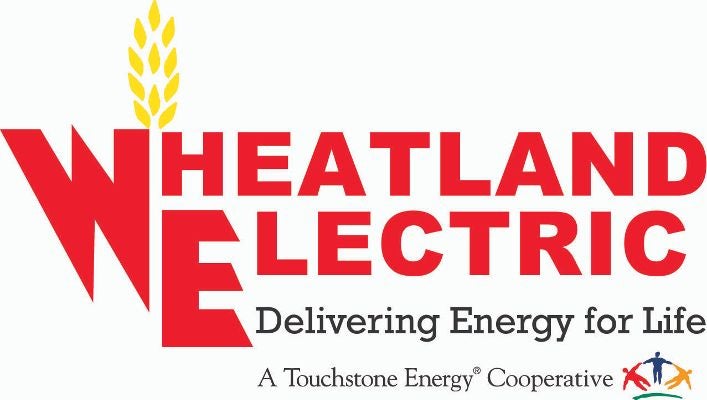When it comes to energy ratemaking, the guiding principle is that those who cause the costs should bear them. This is a straightforward concept, and it's widely accepted as the fairest way to design a just and reasonable rate structure.
Imagine this scenario: I-70 has way too much congestion between Missouri and Colorado; the Department of Transportation elects to add four more lanes to the existing interstate highway, a strategic choice due to its location and road-friendly topography. Now that the need has been established and the path has been planned, the question arises as to which taxpayers should pay for the construction cost. Most people would agree that there should be a split of the cost between the Kansas, Missouri, and Colorado taxpayers. In this scenario, studies show minimal benefits for the people of Kansas but overwhelming benefits for Denver and Kansas City because of their population sizes and the new ability to easily move products between the two cities and states.
In this situation, it seems clear the states and people reaping the greatest rewards would shoulder the majority of the construction costs. Depending on the data's findings, you might expect a price distribution that is in line with the benefits, such as a 90-10%, 70-30%, or 60-40% split.
This simple illustration is the stark reality that Sunflower Electric Power Corporation, Wheatland Electric’s wholesale power supplier, has grappled with in regard to the cost burden for construction of high-voltage transmission infrastructure.
Kansas is rich in wind and solar natural resources. As investors and developers build renewable generating energy facilities across the state, transmission congestion has triggered the need for more transmission upgrades and construction. Similar to the I-70 scenario, more transmission is needed to move electricity to population centers, and while there are some ancillary benefits for our members, large population centers are the ones who benefit from cheap renewable energy exported out of western Kansas.
Once again, the discussion centers on responsibility around who should shoulder the high costs of the transmission upgrades and in what proportion. For almost a decade, Sunflower has persistently challenged the current cost-allocation methodology at the Southwest Power Pool (SPP)—which coordinates real-time power flow and voltage, minute-by-minute, in its 14-state region—and the federal level.
SPP’s currently assigns the cost of Byway projects—those higher than 100 kV and lower than 300 kV—with the following methodology: 2/3 of the cost is charged to ratepayers in the local zone (e.g., Sunflower’s service territory), and 1/3 of the cost is charged to ratepayers in the much larger regional zone. This methodology works when ratepayers in the local zone gain the most benefits from a transmission project.
However, western Kansas is unique because the imbalance between the cost-causers and the cost-payers for Byway projects is large and unprecedented within the SPP.
For the past several years, Sunflower staff have, time and time again, demonstrated the unfairness of the cost assignments for four Byway projects in its territory.
“The decision by FERC came after a long process that started at SPP in 2018,” said Al Tamimi, Sunflower senior vice president and COO of transmission, who led the engagement at SPP to make cost allocation fair and reasonable to Sunflower’s members. “We proved that the wind energy being produced in western Kansas, and for which transmission upgrades were mandated by SPP, is primarily benefitting electric consumers outside of our zone.”
On May 31, 2024, the Sunflower and its member-owners, including Wheatland, achieved a significant victory in the efforts to get fair pricing for Sunflower’s four Byway projects.
The Federal Energy Regulatory Commission (FERC) accepted a filing by SPP to charge 100% of the remaining cost of Sunflower’s projects to the region. FERC agreed the costs of the transmission infrastructure need to match the benefits received.
As a result of FERC’s recent ruling, the Sunflower region will see a nearly 13% reduction in transmission costs, which totals approximately $9.9 million annually.
Although the ruling is an important step for immediate rate relief, Sunflower continues to collaborate with the SPP stakeholder body for approval of a new SPP process for cost-allocation methodology that will enable Sunflower to receive a fair cost allocation for future transmission projects under the SPP tariff.
“Sunflower’s mission is to provide wholesale energy services at the lowest possible cost to our members,” said Steve Epperson, Sunflower president and CEO. “We will fight for them and those they serve in central and western Kansas regarding fair cost allocations for any future SPP-mandated transmission upgrades.”
Several local and national leaders, as well as organizations, supported the change in cost allocation. Comments in support of SPP’s filing were submitted by Sunflower, the Kansas Corporation Commission, Kansas Electric Power Cooperative, Basin Electric Power Cooperative, ITC Great Plains, Western Kansas Industrial Electric Consumers, and U.S. Representative Ron Estes. U.S. Senators Roger Marshall and Jerry Moran also submitted a letter requesting FERC accept SPP’s filing.
The order was issued in FERC Docket No. ER24-1583-000.

